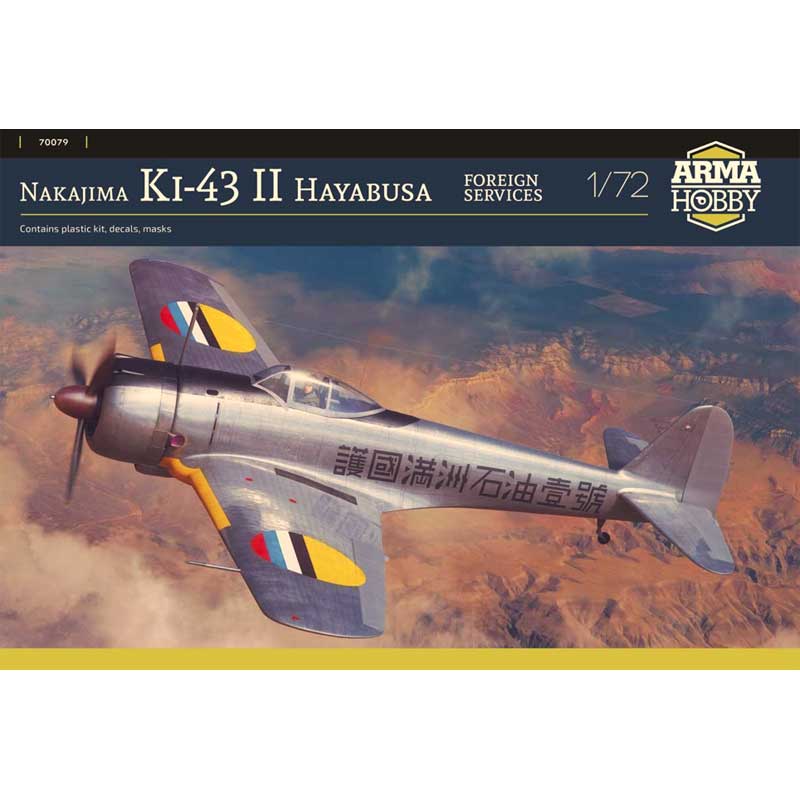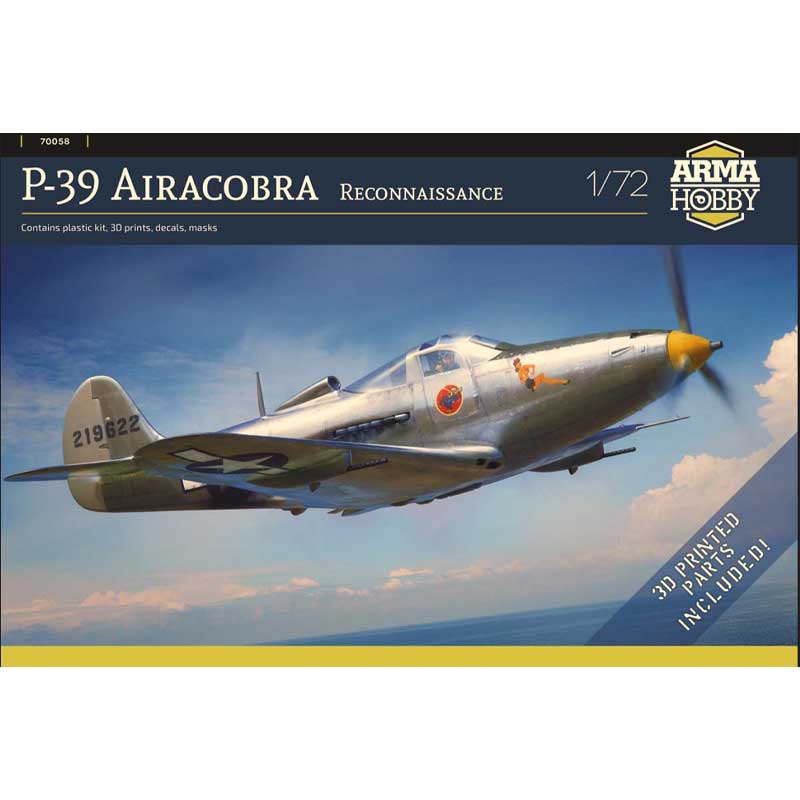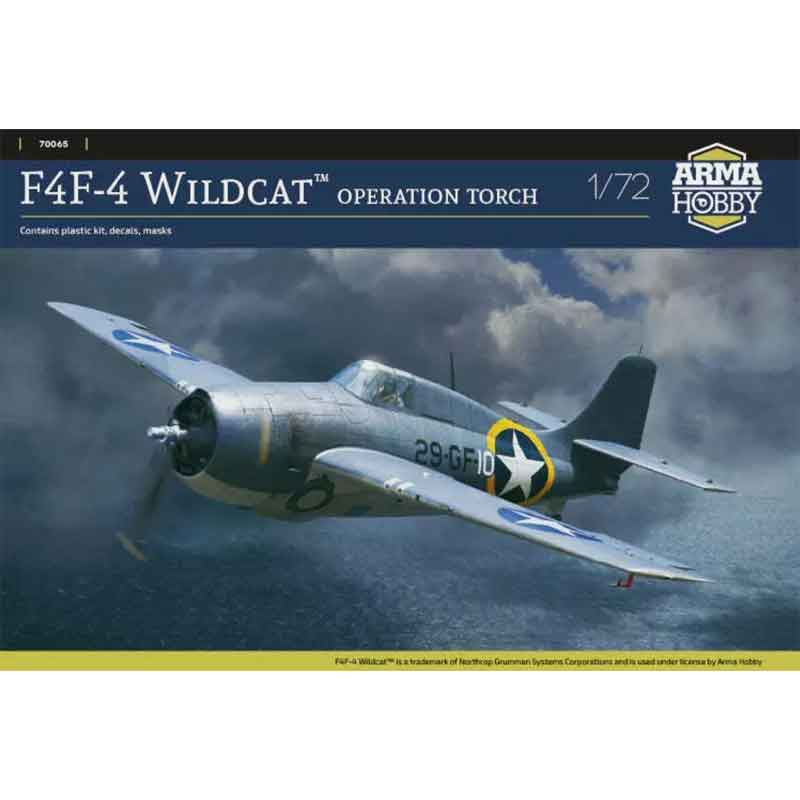Arma Hobby P‚Äë51 F‚Äë6C Mustang Set (1/72) 70068
£29.99 Original price was: £29.99.£26.99Current price is: £26.99.
Arma Hobby P‚Äë51 F‚Äë6C Mustang Set (1/72) 70068
In stock
SKU: AH70068
Categories: 1/72 Aircraft, 1/72 Aircraft, 1/72 Plastic Kits, 1/72 Plastic Kits, Aircraft, Kits by Scale, Scale Model Kits
Delivery Information
| Service | Estimated Delivery Time |
|---|---|
| Royal Mail Standard | Aim for 2–3 working days |
| Royal Mail Express | Aim for 1–2 working days |
| DPD | Aim for Next working day |
| Free Delivery (£60+) | 2–6 working days (conditions apply) |
Note: Working days are Monday to Friday. Delivery times are not guaranteed and may be affected by courier delays.
Free Delivery Terms
- Applies to orders over £60 under 2kg within Royal Mail size limits
- Orders between £60–£99.99 that include aerosols, large flammable quantities, or exceed size limits may incur a delivery charge
- Orders over £100 are delivered free with no restrictions to selected mainland postcodes Orders containing hazardous or oversized goods cannot be shipped to NI, IOM, IOW, Highlands, these are excluded from our free shipping.
- Scottish Highlands - AB36-38, FK17-21, IV1-39, IV52-54, IV63, KW1- 14, PA21-40, PA80, PH19-26, PH30-41, PH49-50
- Scottish Islands - HS1-9, IV40-51, IV55-56, KA27-28, KW15-17, PA20, PA41-49, PA60-78, PH42-44, ZE1-3
Postcodes not covered by our free DPD delivery, or standard DPD delivery service.
Discover more from this range

Arma Hobby Curtiss H‑75 A1/A2 Set (1/72) 70080

Arma Hobby Nakajima Ki‑43 II Hayabusa Foreign Services (1/72) 70079

Arma Hobby P‑39 Airacobra Reconnaissance Set (1/72) 70058

Arma Hobby Nakajima Ki‑43 II Hayabusa (1/72) 70078

Arma Hobby P‑39Q Airacobra Set (1/72) 70055

Arma Hobby Grumman F4F-4 Wildcat ‘Operation Torch (1/72) 70065


